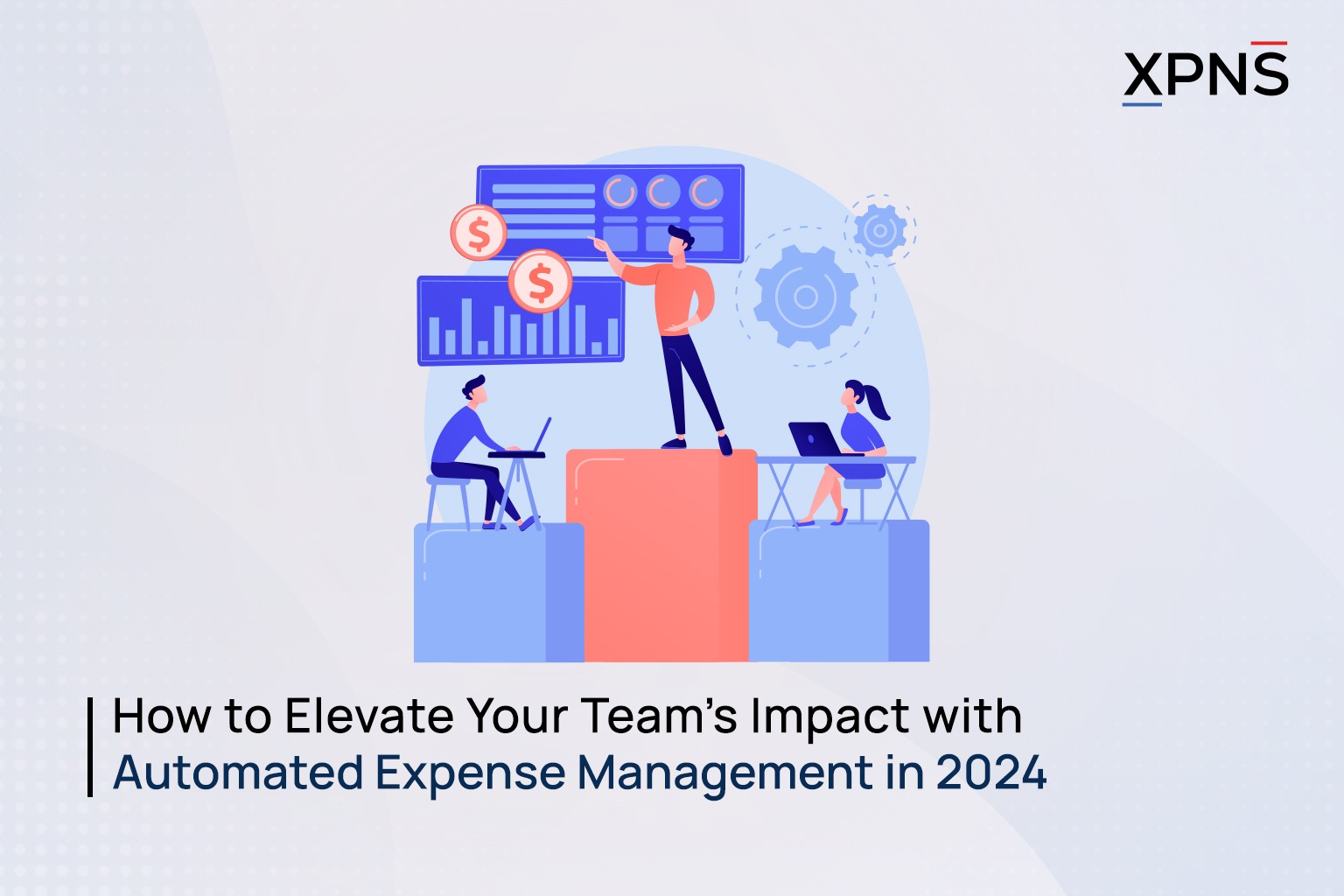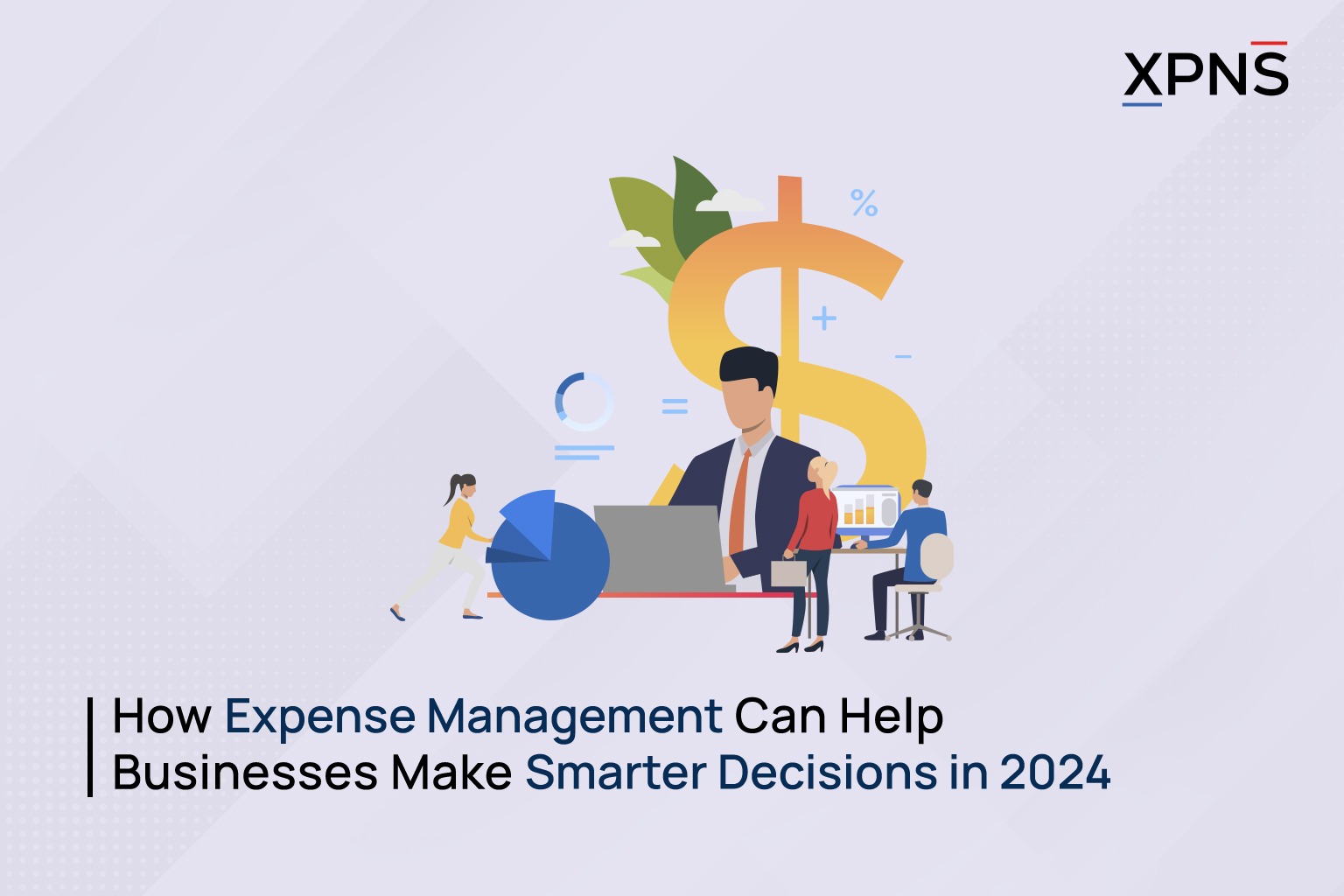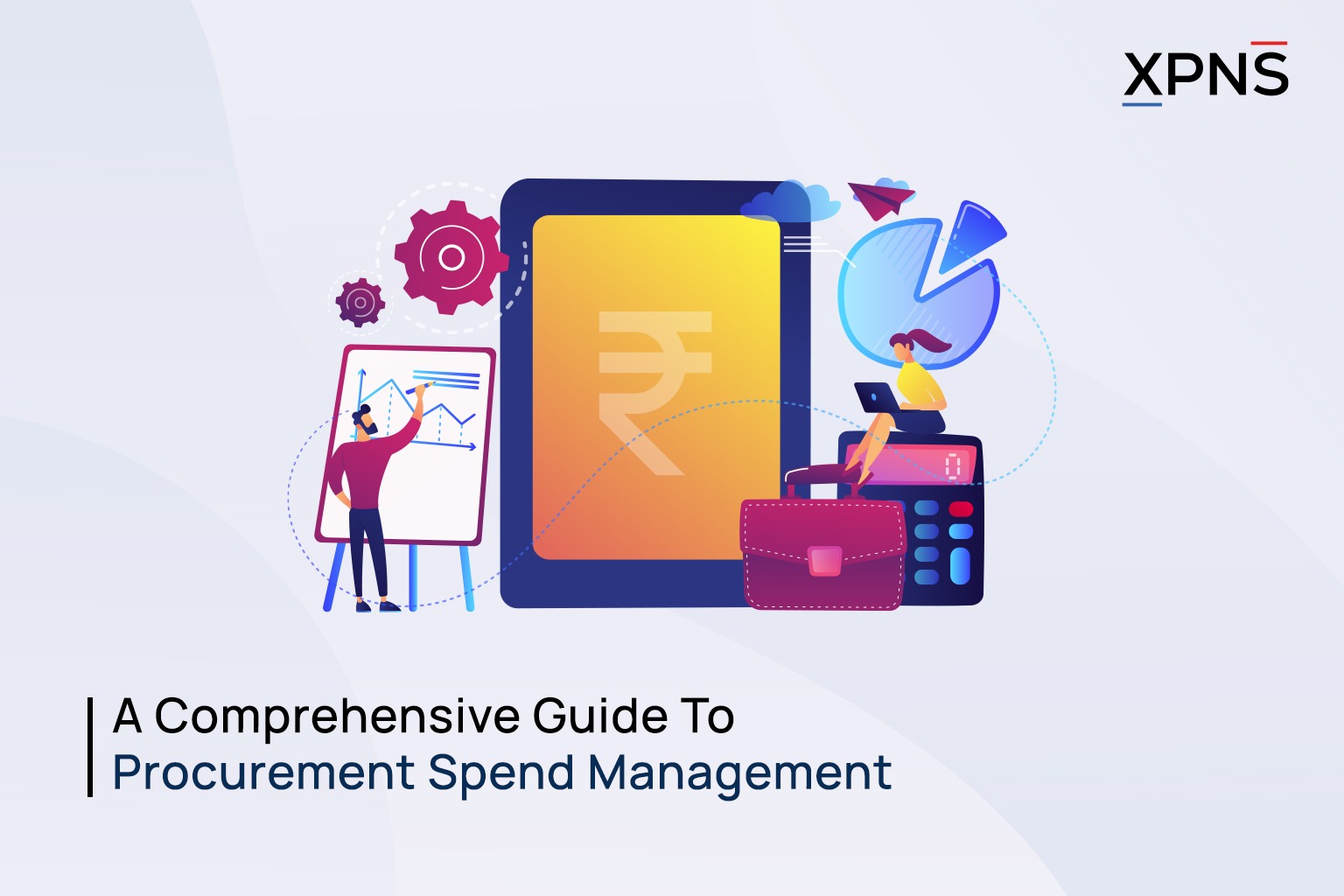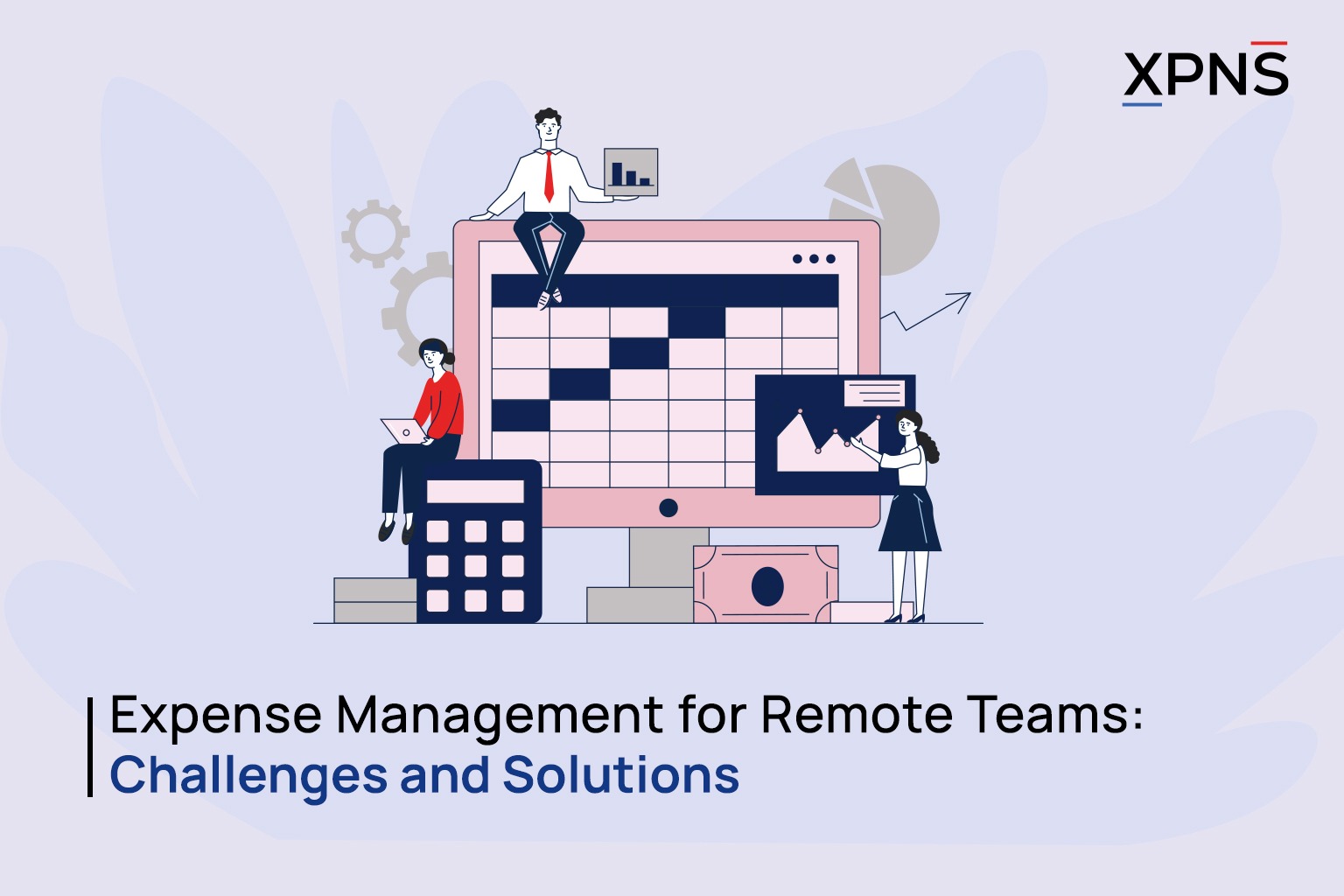Managing employee expenses is vital for the successful operation of a business, and it is particularly important for startups to establish streamlined processes from the beginning to control costs and foster sustainable growth.
Managing employee expenses is crucial for running a business, and startups must establish efficient processes from the outset to achieve sustainable growth. Many early-stage businesses, however, use manual or basic tools and processes to manage employee expenses. Fewer than 10 per cent of early-stage businesses in India, for instance, have automated expense workflows. This can be attributed to the prioritization of core business operations and product development over internal processes, as they are considered less critical in the early stages of growth.
Limitations of Current Solutions
Current solutions are basic and significant parts of the process are managed offline. While they may provide some level of expense approval tracking, it entails manual intervention in various processes, generally prolonging reimbursement timelines. For instance, employees are burdened with using personal funds to pay for business expenses, which is cumbersome and time-consuming.
On the other hand, there are expense management solutions designed for larger organizations with complex hierarchies and extensive reporting requirements. These solutions may offer advanced features that are not aligned with the needs of lean organizations with smaller teams, leading to overly complex and costly integrations that hinder adoption among startups.
Considering the limitations of current manual processes, startups need an expense management solution that aligns with their specific needs and provides a balance between simplicity and functionality.
Rise of SaaS-based Do-it-Yoursef Platforms
SaaS-based, do-it-yourself expense automation platforms like Zaggle XPNS offer significant benefits for startup founders seeking to modernize their expense processes. The implementation of such platforms is quick and hassle-free, allowing businesses to transition from a manual to an automated process within less than 30 minutes. Employees simply swipe their prepaid card and take a photo of the receipt, after which the expense policy is checked, and the receipts are automatically routed through a pre-defined workflow for approval and filing. Startups can start reaping the benefits of automated expense management right away. These benefits include:
- Simplified onboarding: The platform offers a user-friendly interface and a seamless setup process, significantly reducing the time and effort needed for implementation. Its onboarding process includes fully automated Know Your Customer (KYC) procedures, which efficiently verify the business's identity and ensure compliance with regulations.
- Set and automate policy controls: With dynamic policy controls, businesses can establish expense policies that align with their budget requirements. These policies can be customized based on specific spending categories, employee grades, and locations. The expense management platform enforces these policies in real-time, providing instant feedback to employees when their expenses exceed defined parameters. Furthermore, businesses can utilize prepaid cards with built-in spending limits to reinforce policy adherence.
-
Enhance payment efficiency by issuing cards to employees: Businesses can optimize expense management by providing physical and virtual prepaid cards to employees, eliminating the need for employees to use personal funds to cover business expenses and wait for reimbursements.Prepaid cards offer a built-in mechanism to enforce expense policies. Startups can set spending limits for each card, ensuring compliance with budgets and expense policies.
Transactions that exceed pre-approved limits are declined, preventing unauthorized or out-of-policy spending. This proactive approach reduces the need for retrospective audits and strengthens financial control.
Startups also benefit from a streamlined monthly reconciliation process. Expenses made with the cards are automatically captured in a centralized system, allowing for efficient and accurate expense reporting. This eliminates the hassle of collecting and organizing paper receipts or managing multiple reimbursement requests, saving time and effort for both employees and finance teams.
Additionally, accurate categorization of expenses enables easy differentiation between personal and company-related purchases, simplifying the tracking, analysis, and reporting of various expense types and facilitating efficient financial management.
- Detect fraudulent expenses: Startups often operate with limited resources and need to closely manage their finances. By detecting duplicate expenses, such as the same invoice submitted by different individuals, startups can prevent leakages. Leveraging advanced algorithms, these platforms can flag expenses incurred on weekends or holidays, which may indicate unauthorized or non-business-related spending. This level of scrutiny helps startups maintain strict control over expenses.
- Generate critical insights into expense: Real-time, action-oriented dashboards provide insights into spending trends, patterns, and outliers, enabling businesses to make informed decisions that support their growth and profitability. Businesses can identify areas where costs can be optimized, adjust their expense policies, and ensure effective allocation of financial resources. This level of financial control and agility is especially crucial for startups as it allows them to navigate the challenges and uncertainties of their early stages with confidence.
In Conclusion
Automating expense management establishes an early foundation for businesses to build scalable and efficient processes. By leveraging SaaS-based expense management platforms like Zaggle XPNS, startups can transform their expense management processes, saving time and resources. They can also gain real-time insights into their spending patterns and drive compliance with expense policies. Ultimately, this enables them to contain costs and achieve sustainable growth.






































